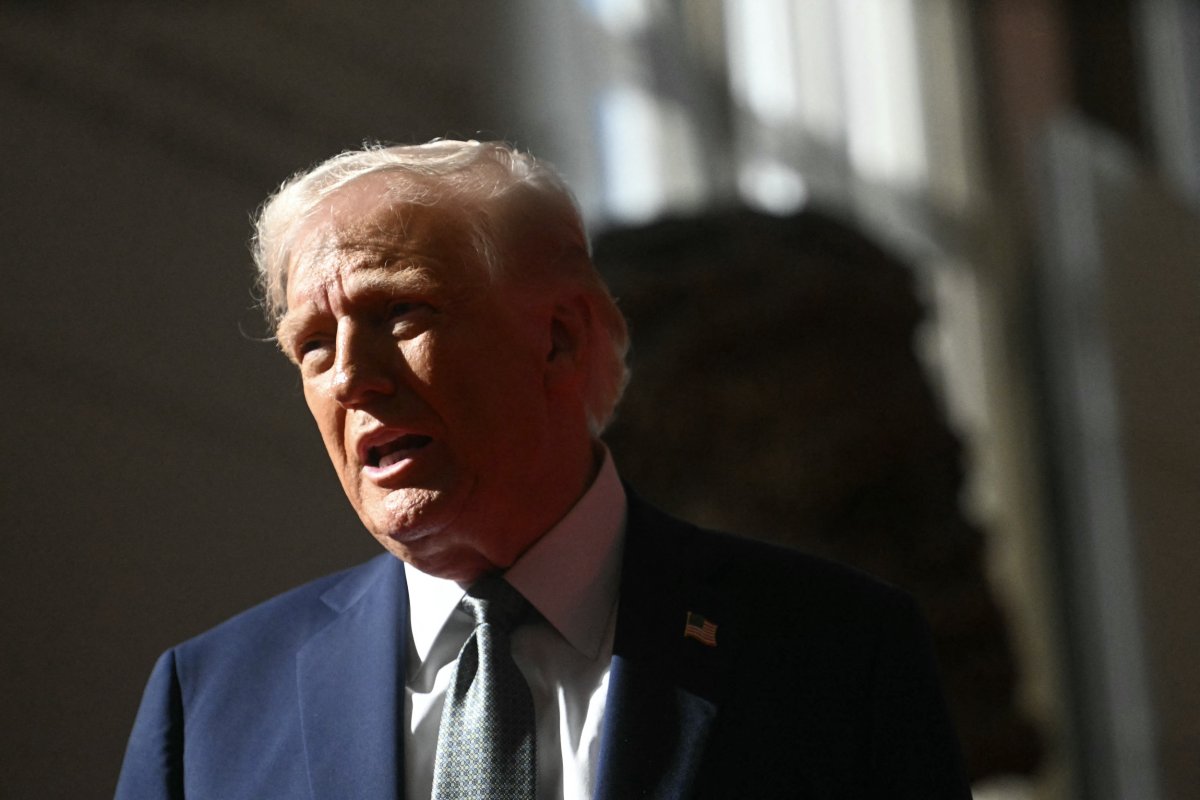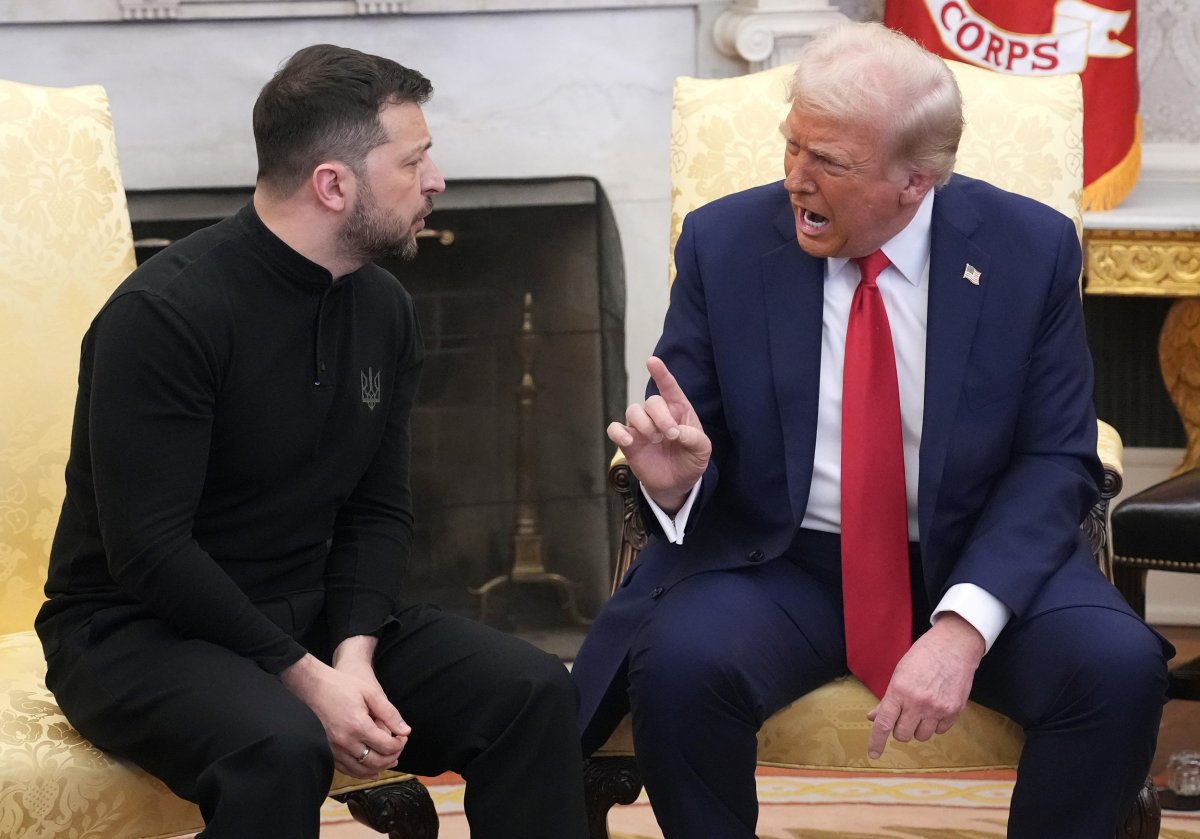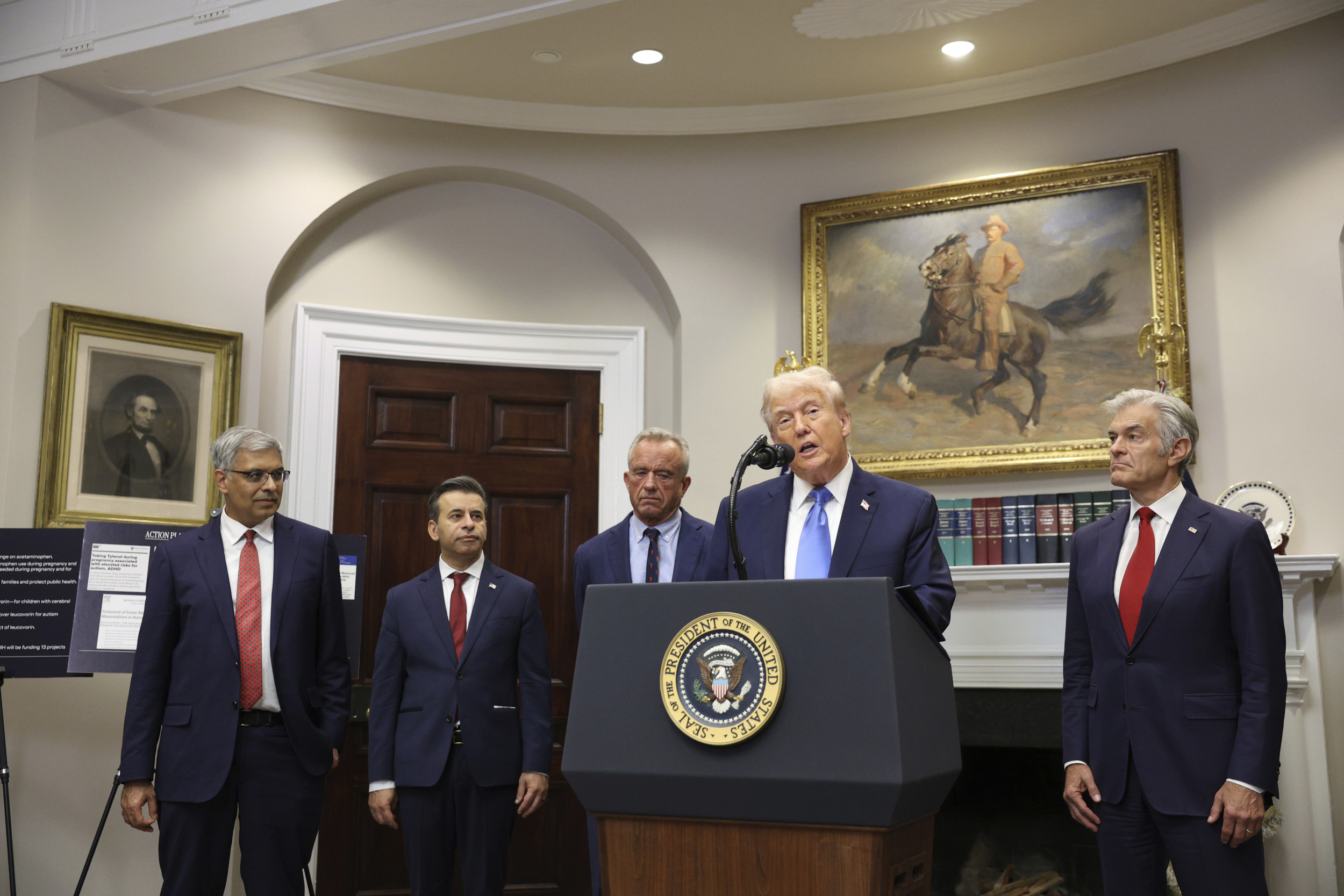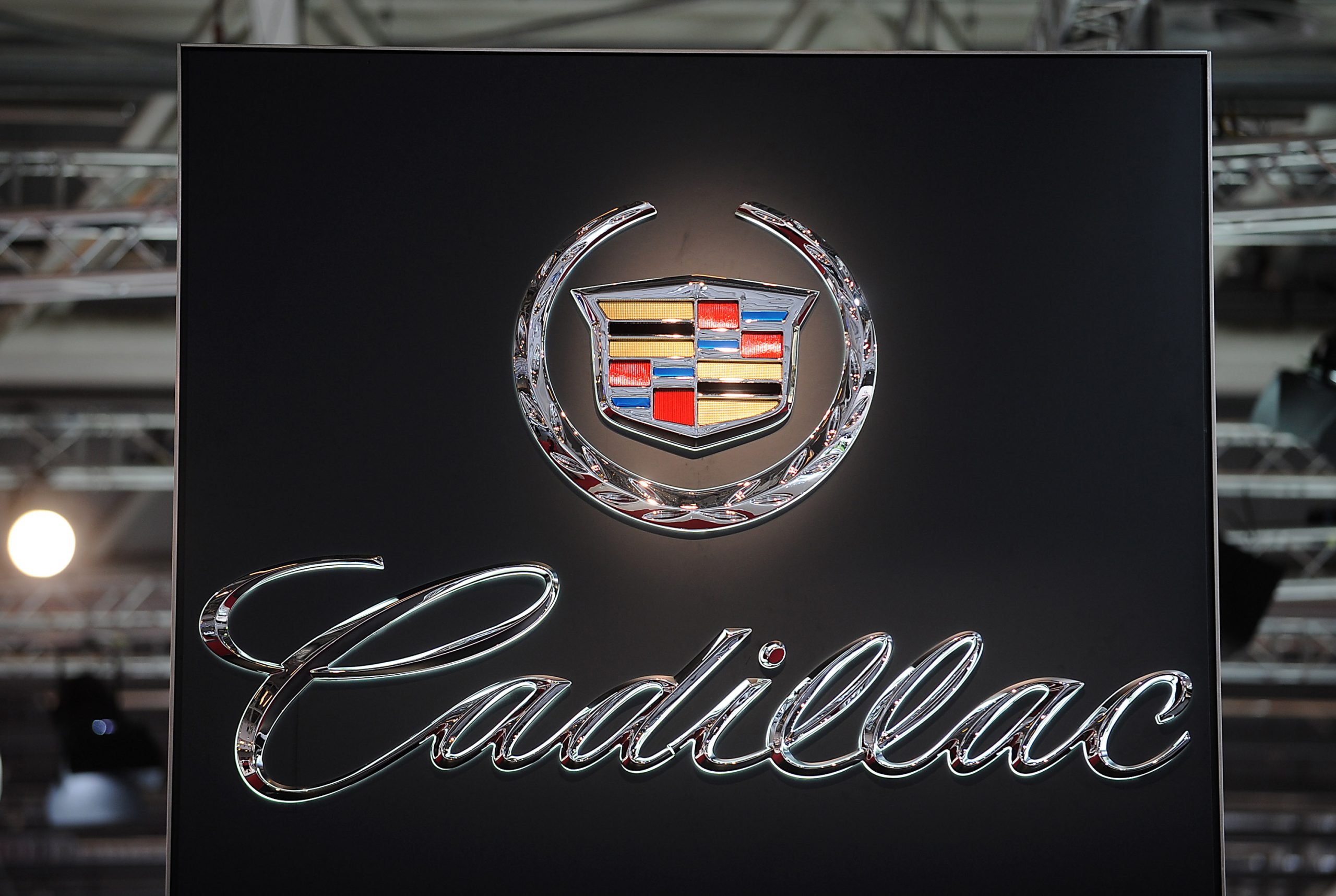
There has been a spike in support among Americans for Ukraine’s fight against Russia since President Donald Trump was elected, according to a recent poll.
Gallup’s survey found that 46 percent of respondents thought the Trump administration was not doing enough to help Ukraine—the highest level since the topic was first polled in August 2022.
The Trump administration has cast doubt on continued military assistance for Ukraine, and its proposals for a 30-day ceasefire come amid concerns that the United States could push Kyiv into surrendering land.
However, the Gallup poll released Tuesday, conducted days after the Oval Office spat between Trump and Ukrainian President Volodymyr Zelensky, showed that most people (53 percent) back continued American support to help Ukraine reclaim lost territory, putting Trump at odds with U.S. public opinion.
It comes as the U.S. nonprofit More In Common told Newsweek its separate poll conducted after the Trump-Zelensky dispute found Trump’s shifting alliance had hurt America’s image in Europe.
Newsweek reached out to the White House for comment.
Why It Matters
Following the argument between Zelensky and Trump, the U.S. president was criticized for temporarily pausing aid and intelligence to Ukraine as he reiterated his pledge to quickly end the war started by Vladimir Putin. The Gallup findings suggest many Americans do not support Trump’s approach.

JIM WATSON//Getty Images
What To Know
Between March 3 and 11, Gallup asked 2,219 U.S. adults questions about American policy toward Kyiv and a poll with a 2 percent margin of error.
When asked what they thought of U.S. assistance to Ukraine, nearly half (46 percent) said they believed Washington was not doing enough, the highest proportion since Gallup started asking the question in August 2022. In December, 30 percent of respondents held this view.
The proportion of people who thought the U.S. was doing too much for Ukraine fell to 30 percent in March, down from 37 percent in December.
This month, 23 percent of respondents believed the U.S. gave Ukraine the right amount of assistance—the lowest level since Gallup polled the issue and a seven-point drop over the last three months.
Republicans have been most likely to believe the U.S. is providing too much aid to Ukraine, but Gallup found that 56 percent held this view in March, an 11-point decline since December.
Republicans who believe U.S. support is at the right level rose by an identical margin, likely because of backing for the Trump administration’s policy toward Ukraine.
There was also a five-point increase to 53 percent among Americans who think the U.S. should continue to support Ukraine in reclaiming its territory, even if it means prolonging the war rather than ending the conflict quickly, as Trump has claimed.
In addition, 45 percent of Americans wanted an early end to the war—down 5 percentage points from December.
A survey by More In Common U.S. released this month after the White House argument found that most Americans still see France, Germany, and the United Kingdom as allies. Yet, no majority of people polled in those countries feel the same way about America.

Andrew Harnik/Getty Images
The survey, conducted between March 3 and 5 of 7,068 adults in those five countries, concluded that Trump’s shifting alliance has hurt America’s image but that Americans’ views do not necessarily chime with Trump’s.
It said its findings showed that 81 percent of all Americans think Putin is a dictator, and a majority (60 percent), including Republicans, believe Russia is solely responsible for the war. As such, two-thirds of Americans (67 percent) support giving Ukraine aid until the war ends.
More In Common U.S. said these results show Republicans do not simply fall in line with Trump and that he may be taking a significant gamble, given that his coalition is not fully behind him.
What People Are Saying
A Gallup poll released on March 18: “Three years into the Russia-Ukraine war, 46 percent of Americans believe the U.S. is not doing enough to help Ukraine in the conflict, marking a 16-percentage-point increase since December to a new high in the trend that dates back to 2022.”
President Donald Trump said on March 17: “What’s happening in Ukraine is not good, but we’re going to see if we can work a peace agreement, a ceasefire and peace, and I think we’ll be able to do it.”
More In Common U.S.: “On an international level, we find that Trump’s shifting alliance has hurt America’s image. A majority of Americans still see France, Germany, and the UK as allies. Yet no majority in those countries feels the same way about America.”
What Happens Next
The Kremlin has said it expects a call from Trump on Tuesday, but whether there will be a readout or announcement of further developments remains unclear. Washington has resumed military aid and intelligence to Ukraine but is uncertain how long this will continue in the coming months.




